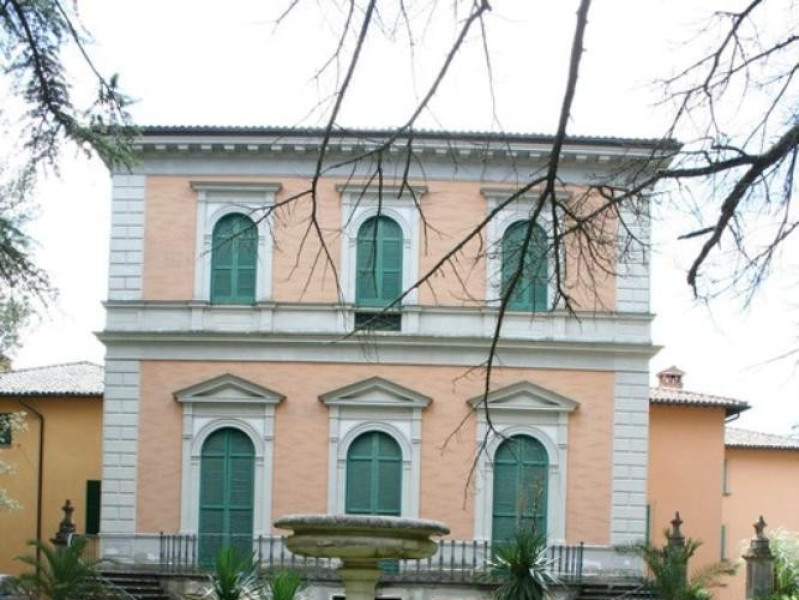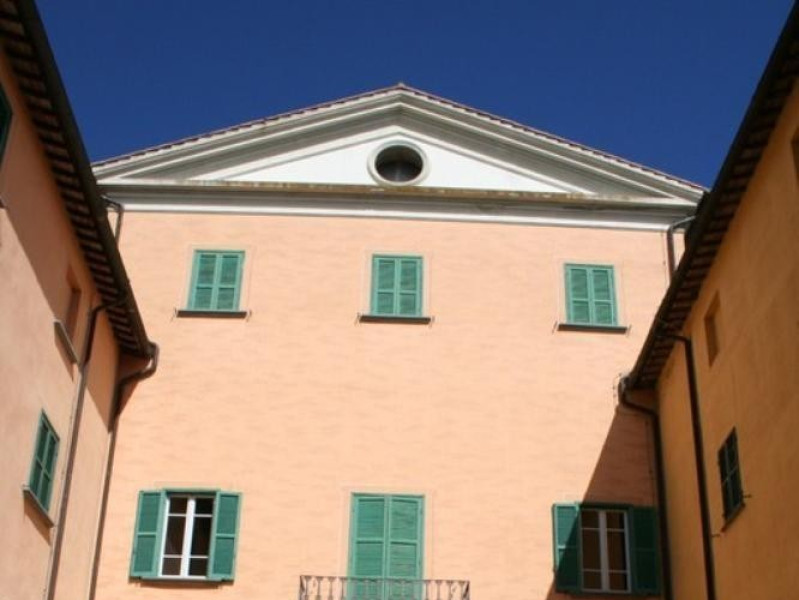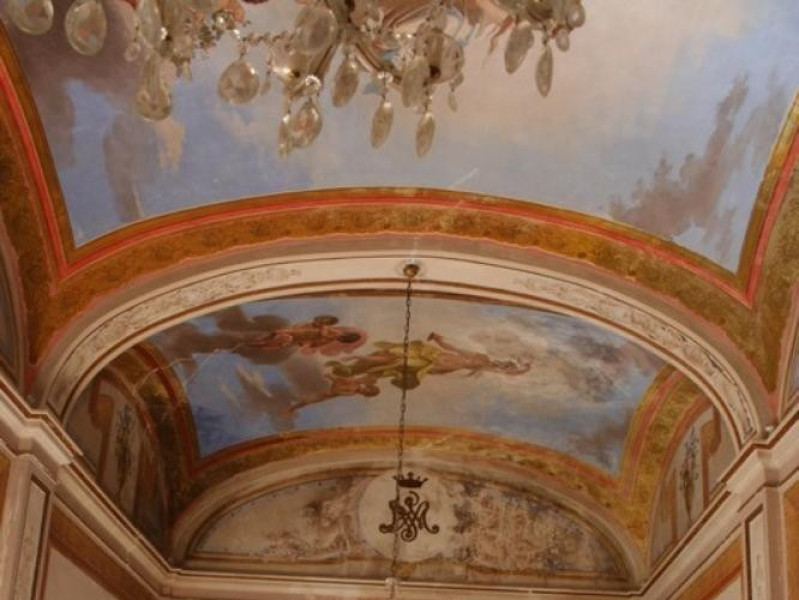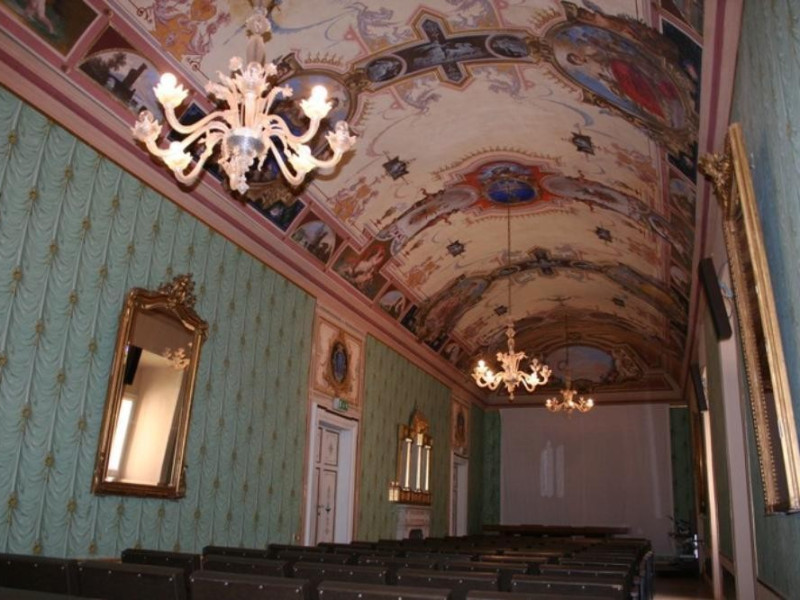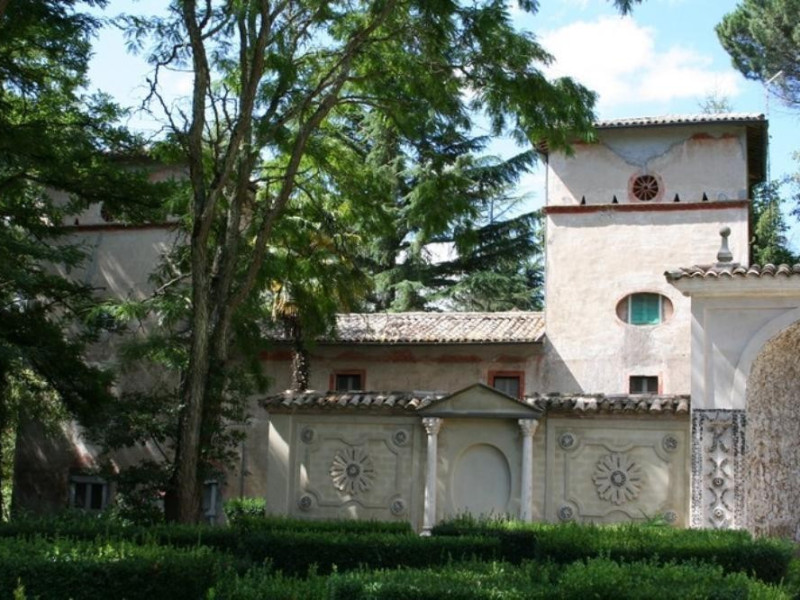Luogo - Point of interest
Villa Paolina
Where
Via G. Marconi, 2, Porano (Terni)
Villa Paolina
Villa Paolina, also called “del Corniolo” after the Cornel, for the abundance with which this plant grows in the scrubs of the area, presents itself as a vast complex built on an undulated flat tightly fit between steep tuff cliffs, along the road that from Porano leads to Bagnoregio, in the area of Orvieto.
If the abundance of trees covers the Villa from indiscrete eyes, it is also true that it is one of the major Parks of Umbria.
The Villa, at the bottom of a long tree lined street, stands right in the heart of this historical Park, which is one of the most striking of Italy, extending for 9 hectares. The scenographic complex includes various green areas, trees and garden designs of great value, harmoniously inserted into a more rustic environment. All the Estate fits nicely together, on a compositive design that has an orthogonal axis relationship regulating the disposition of both the buildings and the green areas.
It was built by the Marquis Giovan Battista Gualtiero in 1706, over a pre-existing monastic structure, as a Summer Residence for prelates.
In 1874, the complex underwent a process of transformation as desired by the Viti Mariani family, before it was handed over to the Casini family. The Villa has been the property of the Province of Terni since the 1980s. It is the seat of the Istituto per l’Agroselvicultura, part of the CNR—the Italian National Research Council—and currently hosts various cultural and sporting events.
Its structure consists of a central edifice and two lateral wings. The access to the Villa is provided by two lateral curved staircases, which lead into the garden from the terrace below. All the windows of the façade are arched and framed as aedicule. Inside, the Rooms are decorated with a 19th century taste and a Gallery is decorated with grottesche, a decorative style of painting interweaving human and animal forms with foliage and flowers. The main building is completed by minor edifices, such as the Lemon-house, the Farmhouse and the semicircular Exedra.
Some Etruscan tombs from the 4th century B.C. have been found in the Park.
